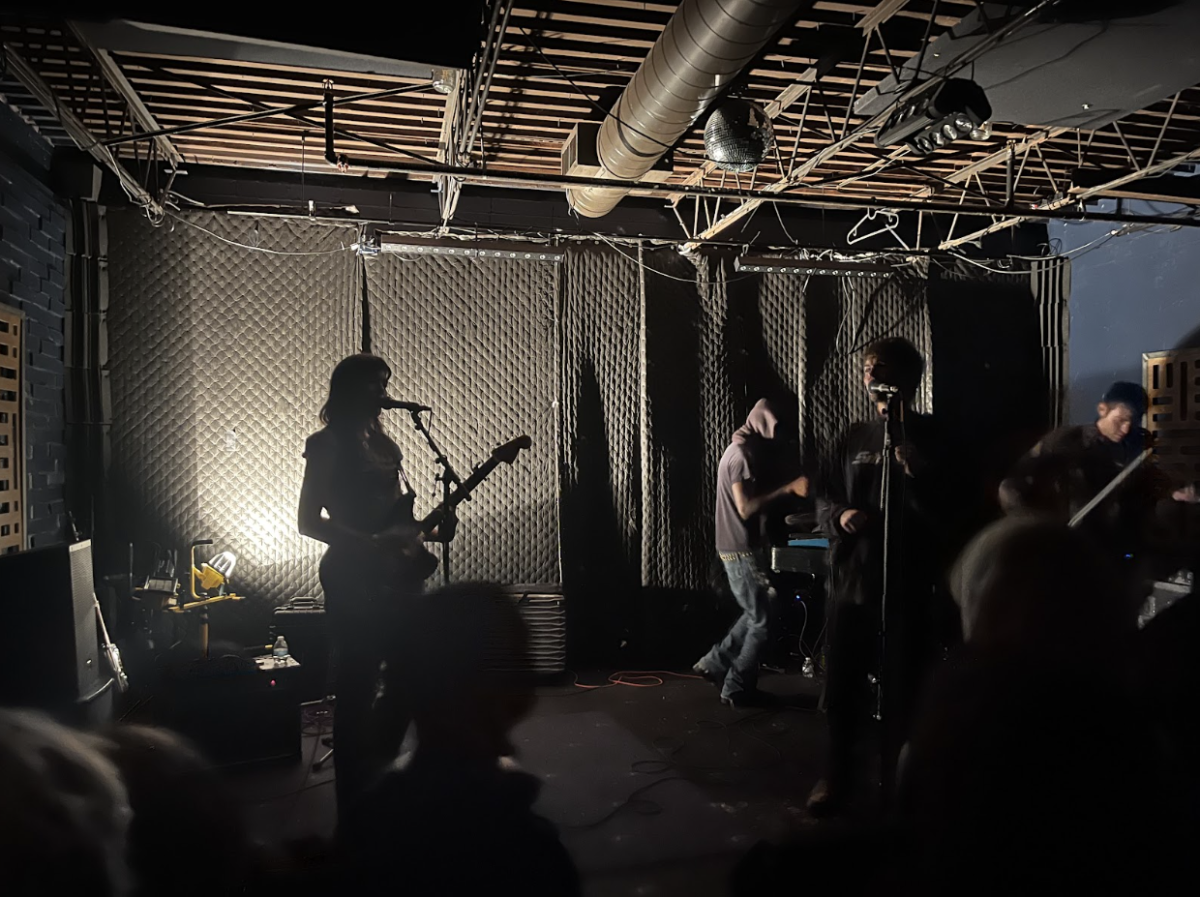You are a piece of garbage. But you are not just any piece of garbage – you are a discarded cup of Maruchan Instant Ramen. You were purchased and then left on a shelf in a dorm room for six months. You were microwaved for two and a half minutes at one a.m. After you were depleted of your innards, you were cast into a garbage bin and never once thought of again; for your entire existence, you were unnoticed. This is your place in the forgotten world of Yoonmi Nam. Nam examines these themes in her exhibition, “Temporary and Lasting,” which is free and open to the public in the Highpoint Center for Printmaking in Minneapolis from Oct. 3 until Nov. 27.
Through her art, Nam explores the relationships that we have with the seemingly mundane objects around us. How often do the takeout boxes, cups, and plastic bags accumulated through the week go discarded in daily life? Nam draws attention to the wasted and ephemeral. She is fascinated by that which is temporary; oftentimes, her art depicts objects designed to be discarded. She incorporates elements of Chinese, Korean and Japanese sculpture and printmaking techniques in her work; many of her prints are done with Mokuhanga (traditional Japanese woodblock printing). The subject matter of her pieces often reflects her lived experiences in East Asia, frequently depicting instant ramen and takeout boxes – items which have become synonymous with the consumerism and marketability of popularized Asian Cuisine.
Nam was born in Seoul, South Korea, and has lived in Canada, the US, and Japan as well. From her biography on her website (yoonminam.com), she describes her upbringing as somewhat solitary, with an emphasis on the quiet observation of objects around her. Nam’s time living in many countries has informed her perspectives on how Asia is perceived and sold in the west; her work affirms the role that certain objects, such as ramen cups and takeout boxes, serve as an intersection between her experiences in both Asia and America.
Beyond printmaking, her sculptural work is also reminiscent of a traditional East Asian visual language. Among my favorites of her sculptures is ‘Cairn (5 stack).’ The work depicts five takeout containers cast in porcelain and glazed in jade green. It is jarring (and fascinating) to see something so ubiquitously classified as garbage displayed as a showpiece. Plastic is traded for porcelain, and the viewer is prompted to consider how they assign monetary value to objects and how they perceive the concept of disposability. Her work represents these objects as they are: cultural artifacts. One day, when aliens go through the ruins of our society, they will surely be confronted with millions of perfectly non-degradable plastic takeout boxes. In many ways, our society can be defined by the life cycle of the takeout box and the styrofoam cup. Nam’s work makes something interesting that is otherwise mundane, and she doesn’t do it in a “banana taped to wall” way. As an aspiring printmaker and sculptor myself, I am impressed by Nam’s command over multiple forms of media.
I urge anyone who can to explore Nam’s disposable world of porcelain and ink at the Highpoint Center for Printmaking. If you can’t make it, at the very least find your nearest ramen cup, takeout box, balloon animal, or wilting flower and tell it “thank you.” Thank it for patiently sitting underneath the chair you use for unfolded laundry or in the forgotten corner of your closet. Beyond thanking it, notice it. Before you clean your room, take stock of all the things that are bound for the bin, and consider their existences up to that point.







